How can agro-Productive Use of Renewable Energy (PURE) companies ensure farmers have access to markets?
Productive use appliances using renewable energy (PURE) have the potential to boost productivity by 50-400%, and therefore the revenues of dozens of millions of smallholder farmers. With such a strong business case, why are they not scaling faster? The challenge is, this business case is in many cases only theoretical.
In practice, it is limited by 3 key factors:
Is the value chain one where productive use of energy increases production sufficiently to justify the productive use appliance cost?
Is solar the most cost effective option?
Are the target farmers for this appliance linked to market structures that can guarantee high enough volume uptake and price to make sure the productivity gains do not go to waste?
This last question - market access - had been largely under-researched. Until now.
Hystra’s new study, co-funded by Acumen, British International Investments, GOGLA, Ikea Foundation and SNV, analyzed the tactics (or lack thereof) of 60 companies selling solar irrigation pumps, cold rooms and agro-processing tools. We found that:
Only 1/3 had tactics to ensure market access for their farmers (and yes, they included the largest players). Of these, only 10% had market access already embedded in their initial model – the other ones added it later, realizing the need
Some of these tactics were implicit, i.e., Sunculture does not (yet) help their farmers access markets but their credit scoring algorithm has selected farmers already selling cash crops in 94% of the time
Other companies learnt the hard way that market access is critical, to the point where they decided to become offtakers of their farmers’ produce themselves – this was the case of SokoFresh for cold rooms and S4S for solar dryers.
Emerging best practices show how companies can support market access while keeping costs in check — but there’s still room to innovate.
Webinar (As part of a GOGLA workshop with Agro-PURE companies)
Farmer group using Zonful Energy’s irrigation system in Zimbabwe (Hystra field visit, July 2025)

